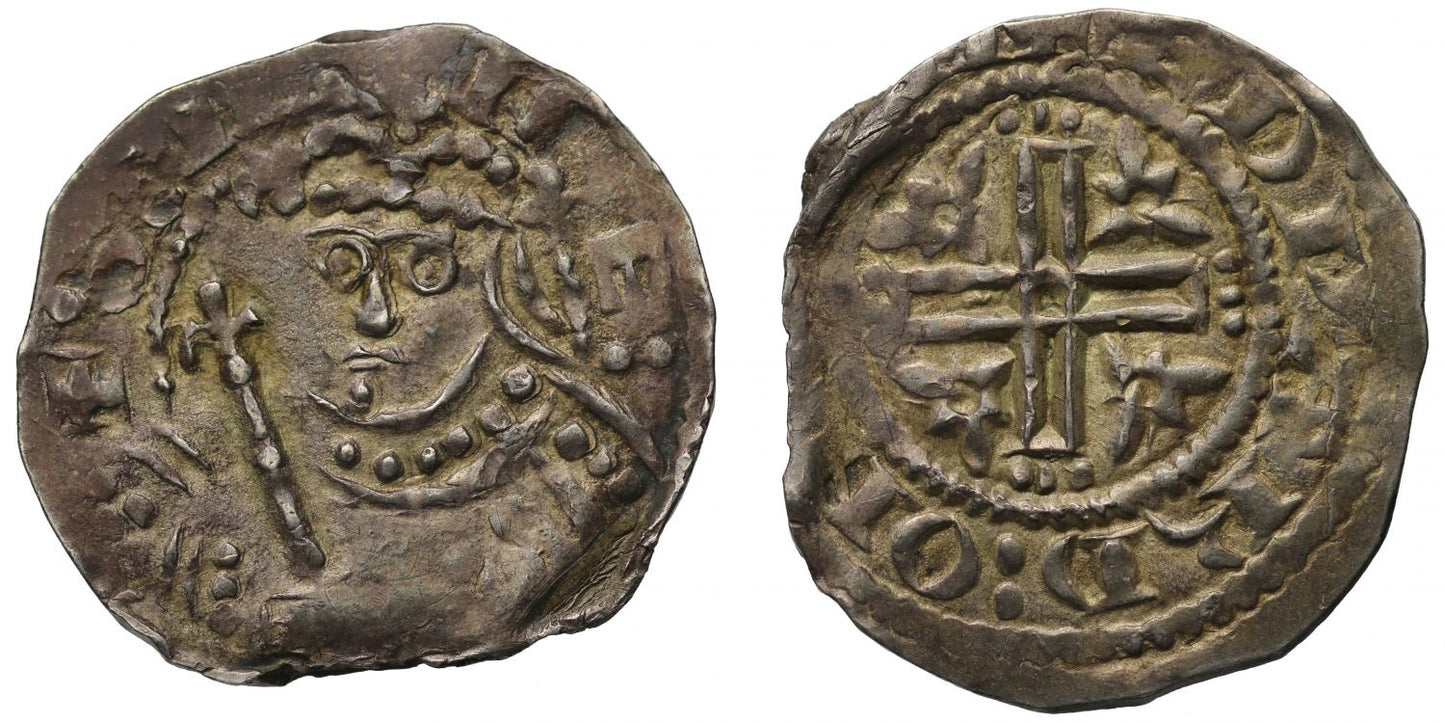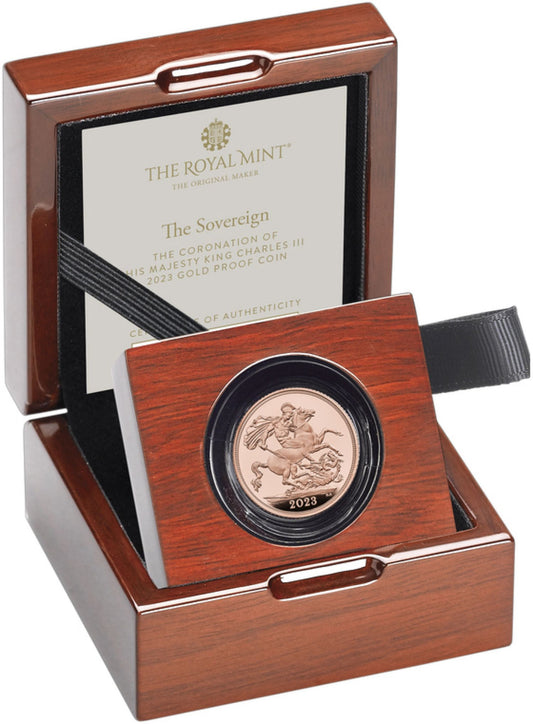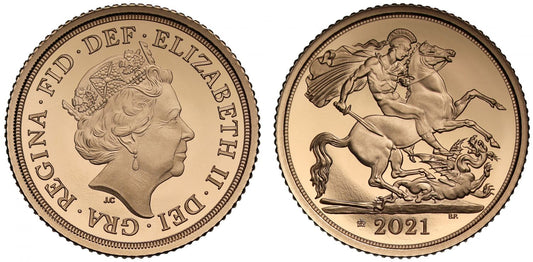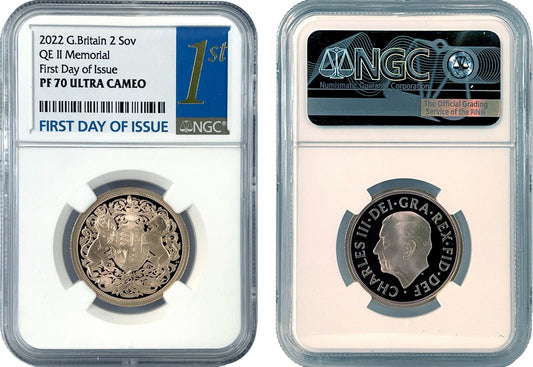FAQs
What makes a coin valuable?
I have coins to sell, what’s the next step?
How will my purchases be shipped?
What happens if I’m not entirely happy with my purchase?
Stephen Penny, Cross voided & Mullets type, Canterbury Mint, Moneyer Edward
Stephen (1135-54), silver Penny, voided cross and mullets type (c.1145-50), Canterbury Mint, Moneyer Edward, crowned facing bust with sceptre at left, legend and beaded border surrounding, commencing lower left, +STIEFNE:, rev. voided cross at centre, pierced mullet in each angle, legend and beaded border surrounding, +EDPARD: ON: ----T,weight 1.42g(BMC type II 147; Allen, BNJ 2012, p.108; Mack 55a, and pl. ii, this coin; N.878; S.1280). Toned, a little uneven in shape, a bold to good very fine, with a clear portrait for this rare very type.
The legends translate as "Stephen King" on obverse and "Edward of Canterbury" on the reverse.
North records up to nine moneyers working at Canterbury for Stephen across four types.
The reign of Stephen is perhaps one of the most interesting numismatically as England descends towards Civil War in the latter part of the reign, with an increasing volume in types of coinage with many poorly struck as allegiances to the King, the Empress or the various noblemen wax and wane. The first so-called Watford type is the most abundant due to the fact that a major hoard of this type turned up in the Watford area in Victorian times, rather than something describing the design, but a well struck piece is hard to find.
Often referred to as Stephen of Blois he was born in either 1092 or 1096 he was a younger son of Stephen-Henry the Count of Blois who died whilst Stephen was young, he subsequently being raised by his mother Adela the daughter of William the Conqueror. He was placed into the English court of his uncle Henry Beauclerc, where he rose in prominence and was granted extensive lands, he became Count of Boulogne by his marriage in 1125 to Matilda inheriting estates there and in Kent making the couple one of the wealthiest in England. He had earlier escaped drowning in the White Ship disaster of 1120 which claimed the life of William Aethling the son of Henry I, leaving some doubt over the succession to the English throne despite Henry nominating his daughter Matilda as heir. Later, upon the news of Henry's passing on 1st December 1135, Stephen immediately crossed over the English Channel and with the help of his brother Henry Bishop of Winchester and Abbot of Glastonbury he took the throne declaring the preservation of order across the Kingdom took priority over any earlier oaths to support his cousin Empress Matilda. His early years were successful ones despite some attacks in the north from David I of Scotland, from Welsh rebels in the west and from Empress Matilda's husband Geoffrey from the east. In 1138 Robert of Gloucester the half-brother of Empress Matilda rebelled threatening civil war. Stephen fiercely defended his rule with support from Waleran de Beaumont, arresting a group of bishops. However, in 1139 when the Empress and Robert of Gloucester invaded Stephen was unable to crush the revolt with them taking hold of the south-west of England. Stephen was captured at the Battle of Lincoln in 1141, lost Normandy and abandoned by many of his followers, but was subsequently released after his wife Matilda with William of Ypres captured Robert at the Rout of Winchester, but the civil war continued to drag on unabated. Stephen wanted his son Eustace to succeed him and tried to convince the church to crown Eustace in advance, but Pope Eugene III refused causing disruption within the clergy. In 1153 Empress Matilda's son Henry invaded building a powerful alliance of barons to support him for the throne. The armies met at Wallingford with neither side keen to fight and negotiations began to find peace hastened by the sudden death of Eustace on the 17th August at Bury St Edmunds, and resulting in the Treaty of Winchester where Stephen recognized Henry as heir. Stephen passed away on 25th October 1154 from a stomach disease whilst at Dover and is buried at Faversham Abbey.
The City of Canterbury is 16 miles north-west of Dover with gold Thrymsas known bearing its name as one of the most important mints in southern England during the 8th and 9th centuries. In 809 the Danes were bought off for £3,000 but the town was taken by them in 839 and 851, again circa 981 and finally in 1011. There were two moneyers who worked for the Archbishop and in 1189 this increased to three. The Abbot of St Augustine had the privilege of one die in eight until 1161 at Canterbury though the coins do not seem to bear any ecclesiastical marks, though pennies of Henry I type XIV can have an annulet on the shoulder for moneyers Algar and Willem. We also know for Henry II that the Abbot's moneyer was Alferg. There are die links with Hythe and Lewes in the reign of Aethelred II and with Hythe for William I.
Provenance:
Ex H.M. Reynolds Collection, Part II, Sotheby Auction, 5-6th June 1919, lot 95, sold for £2/12/6d to Spink.
Ex Richard Cyril Lockett, English part I, Glendining, 6-9th June 1955, lot 1123 part sold for £10, illustrated plate XXVI.
Purchased from dealer Chris Blom, USA 1971
Ex Marvin Lessen, North York Moors Collection, part 2, 3rd July 2019, lot 418.
Ex Collection of an English Doctor part II, Sovereign Rarities fixed price list online May 2022.
FAQs
What makes a coin valuable?
I have coins to sell, what’s the next step?
How will my purchases be shipped?
What happens if I’m not entirely happy with my purchase?













